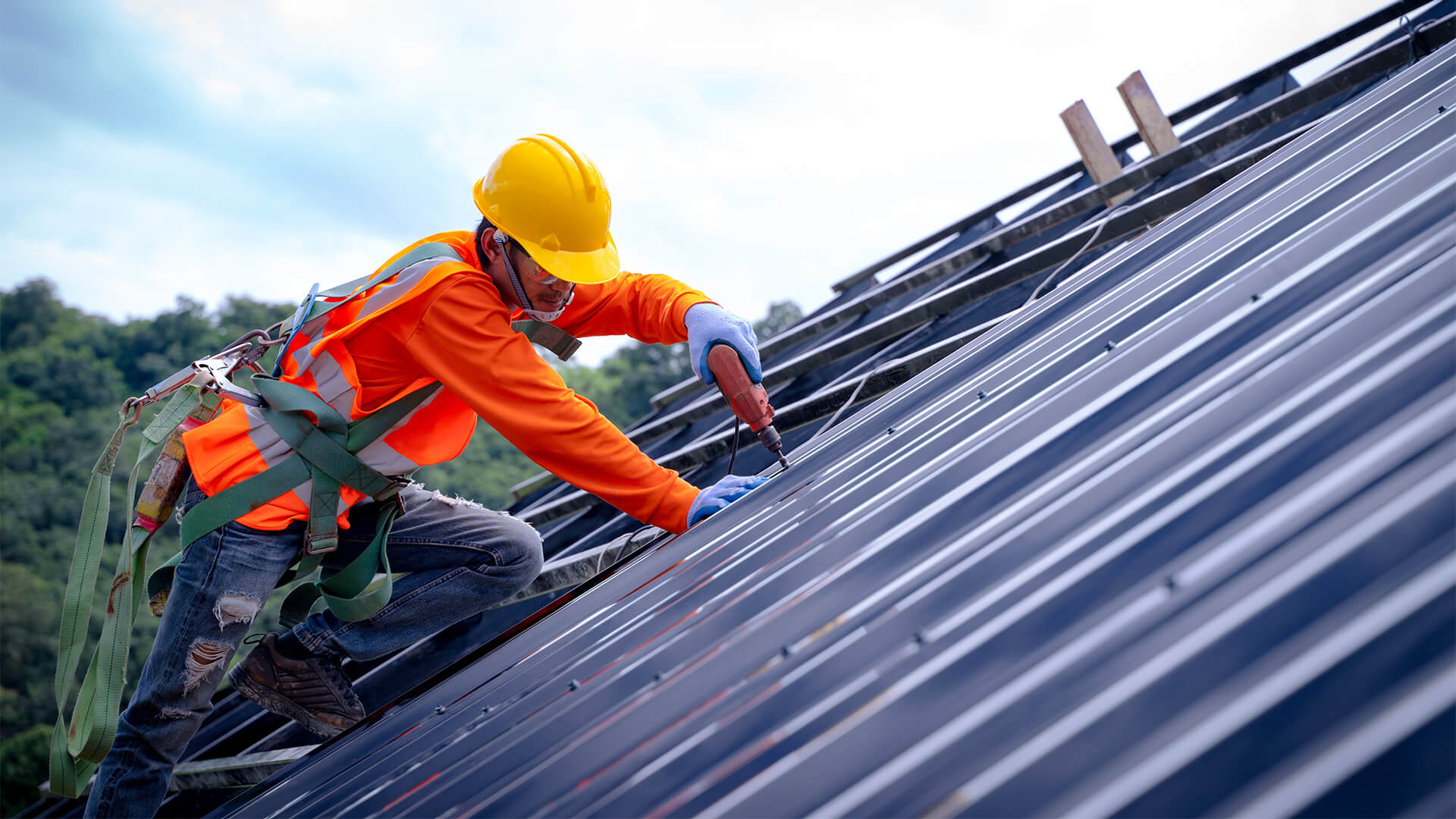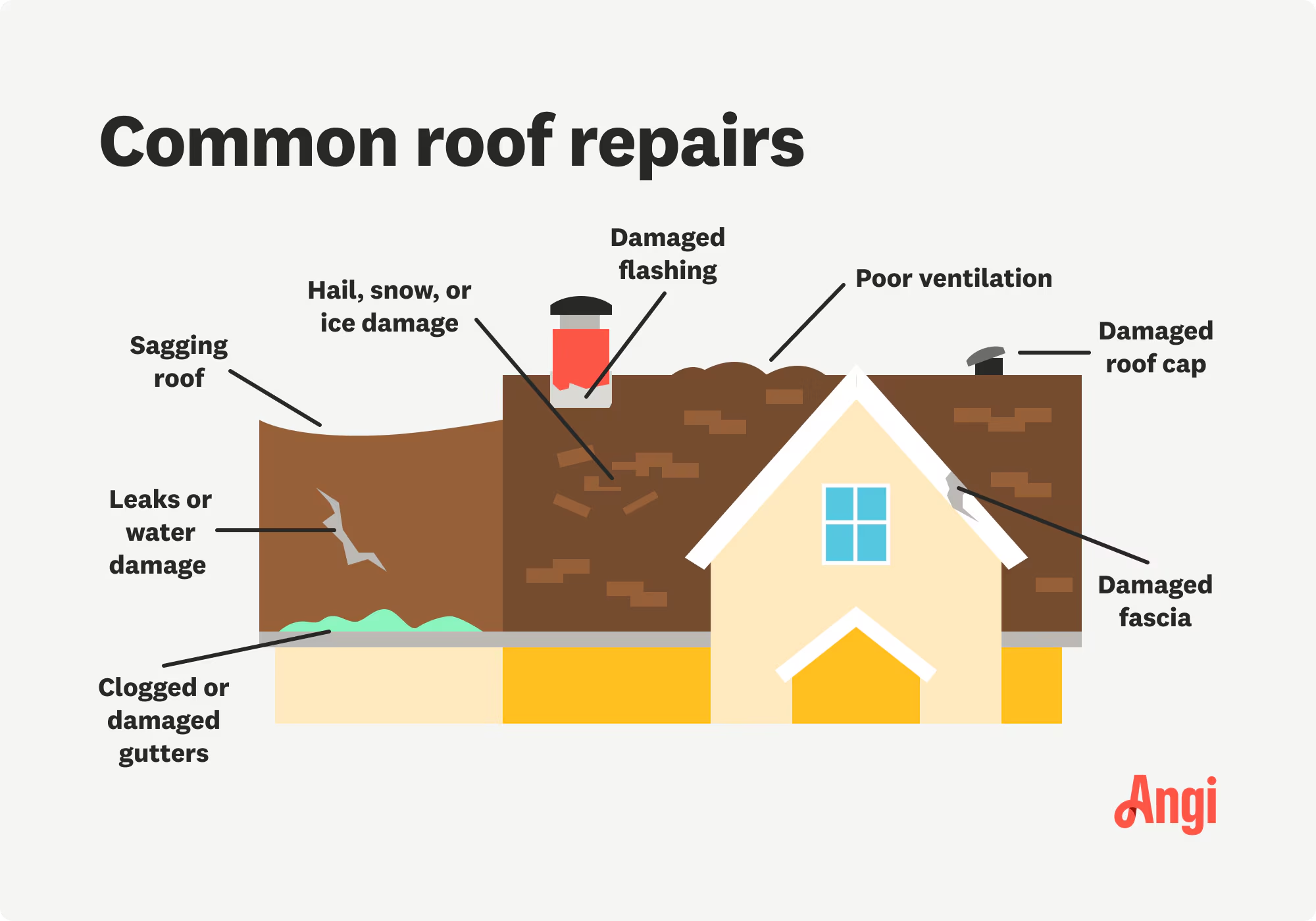Oahu Roofing: Comprehensive Roofing Solutions in the Oahu Location
Oahu Roofing: Comprehensive Roofing Solutions in the Oahu Location
Blog Article
Comprehending the Different Kinds of Roofs: A Comprehensive Overview for Homeowners
In the realm of homeownership, choosing the proper roof design is a decision that carries substantial ramifications for both capability and aesthetic appeal. With an array of alternatives-- varying from the conventional gable to the contemporary level-- each kind offers one-of-a-kind benefits and difficulties that need to straighten with the home owner's environmental considerations and certain requirements. Comprehending these differences not only aids in making an enlightened choice however also influences long-lasting maintenance and power efficiency. As we check out the details of different roofing types, it ends up being apparent that one dimension does not fit all; the best choice may amaze you.
Gable Roofings
Gable roofs, identified by their triangular form, are among the most prominent roof covering styles because of their simpleness and efficiency in losing water and snow. This layout features two sloping sides that fulfill at a ridge, permitting effective water drainage and reducing the risk of water accumulation. The steep pitch frequently connected with saddleback roofs improves their capacity to deal with hefty precipitation, making them appropriate for numerous environments.
Along with their sensible advantages, gable roof coverings offer aesthetic flexibility. They can be adjusted to numerous building styles, from standard to modern-day homes. The style can also accommodate additional features such as dormer home windows, which improve all-natural light and air flow in the attic room room.
Additionally, gable roof coverings offer adequate space for insulation, adding to energy performance. House owners can select from a selection of roof covering materials, consisting of asphalt roof shingles, metal, and tiles, better boosting modification choices.
Despite their advantages, saddleback roofs might require additional assistance in locations susceptible to high winds or heavy snowfall. In general, the gable roofing remains a favored selection because of its mix of functionality, longevity, and visual allure.
Apartment Roofs
Level roofs are typically identified for their minimal layout and sensible applications, especially in commercial and commercial settings (oahu roofing). These roofing systems feature a straight or almost straight surface area, which permits for simple building and construction and versatile space application. While they may do not have the visual appeal of angled roofs, flat roof coverings offer countless advantages, specifically in urban environments where making the most of space is essential
Among the primary benefits of level roofs is their availability. Property owners can utilize the roofing space for numerous purposes, such as roof yards, balconies, or solar panel installations. Furthermore, flat roof coverings are generally more cost-effective to set up and keep contrasted to their sloped equivalents, as they require fewer materials and labor.
Common products made use of for flat roof coverings include built-up roof (BUR), customized asphalt, and single-ply membrane layers, each offering distinctive advantages. In general, flat roofs offer as a adaptable and functional choice for lots of house owners and organizations alike.
Hip Roofing Systems
Hip roofs are characterized by their sloped sides that merge at the top, developing a ridge. This style stands out from gable roof coverings, as all 4 sides of a hip roof incline downwards towards the walls, providing a much more stable structure. The angle of the slopes can vary, permitting versatility in building aesthetic appeals and functionality.
Among the primary advantages of hip roofings is their capacity to hold up against hefty winds and damaging climate condition. The sloped surface areas make it possible for far better water drainage, reducing the threat of leakages and water damage. In addition, hip roofing systems provide raised attic room, which can be used for storage space and even exchanged habitable locations.
However, constructing a hip roofing can be a lot more intricate and costly than less complex roofing system types, such as gable roof coverings. The extra material and labor associated with creating the inclines and making certain correct architectural integrity can cause greater expenses. Regardless of these downsides, lots of property owners prefer hip roofs for their toughness, aesthetic charm, and possibility for energy performance.
Mansard Roof Coverings
Mansard roofing systems, typically acknowledged by their one-of-a-kind four-sided style, function 2 inclines on each side, with the reduced incline being steeper than the top. This architectural design, click here now stemming from France in the 17th century, is not just cosmetically enticing yet practical, as it makes best use of the functional area in the upper floorings of a structure. The high reduced slope permits for more headroom, making it a perfect choice for attic rooms or lofts, which can be converted into living rooms.
Mansard roofing systems are defined by their flexibility, suiting different architectural styles, from standard to modern. They can be built with various products, consisting of asphalt shingles, slate, or metal, offering home owners with a variety of options to fit their choices and spending plans. Additionally, the style enables the combination of dormer windows, enhancing all-natural light and air flow in the top levels.
Nonetheless, it is important to take helpful resources into consideration the potential drawbacks. Mansard roofs might require more maintenance because of the complexity of their layout, and their steep slopes can be challenging for snow and rain overflow. In general, mansard roof coverings combine style with usefulness, making them a prominent choice among home owners looking for distinctive building features.
Shed Roofings
As property owners increasingly seek simpleness and functionality in their architectural layouts, shed roofing systems have become a prominent choice. Characterized by a single sloping aircraft, a shed roofing system offers a minimalist visual that enhances different home styles, from contemporary to rustic.
One of the key advantages of a shed roofing is its uncomplicated building, which commonly translates to reduce labor and material expenses. This layout allows for effective water drainage, minimizing the threat of leakages and water damages. In addition, the upright slope gives enough space for skylights, boosting natural light within the inside.
Lost roofings likewise use convenience in regards to use. They can be efficiently integrated into additions, garages, or outdoor structures like sheds and pavilions. Furthermore, this roofing system style can suit various roofing products, consisting of metal, asphalt roof shingles, and even environment-friendly roof coverings, straightening with environmentally friendly efforts.
Nevertheless, it is important to take into consideration local climate problems, as hefty snow loads might demand modifications to the roof's angle or structure. Overall, dropped roofings offer a functional and cosmetically pleasing option for homeowners looking to optimize capability without endangering design.
Verdict


Gable roofing systems, characterized by their triangular form, are amongst the most preferred roof covering styles due to their simplicity and efficiency in shedding water and snow. oahu roofing. The steep pitch commonly connected with gable roofs improves their capability to take care of heavy rainfall, making them suitable for various climates
While they may do not have the visual charm of pitched roofing systems, level roofing systems use countless benefits, especially in city settings where making the most of area is critical.

Report this page